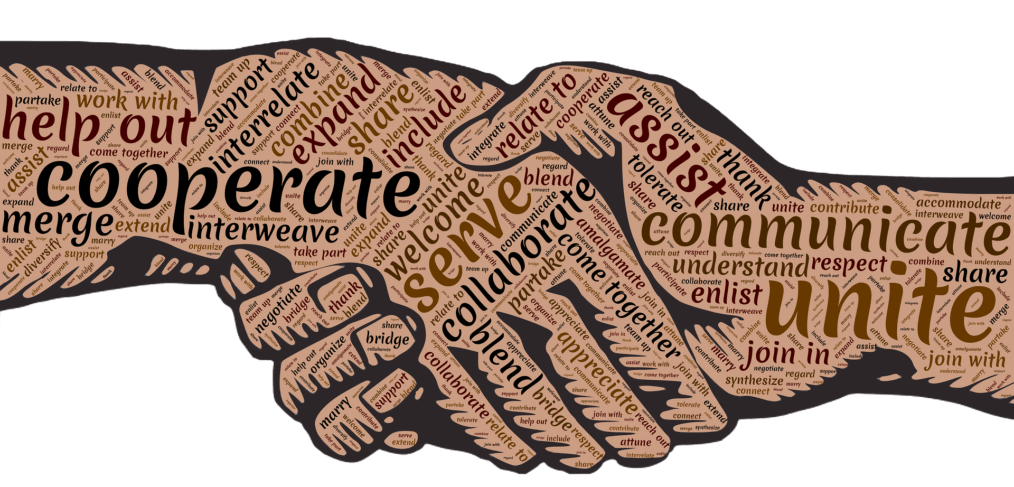This is part four of a four-part series on Predictive Index (PI) drives.
Let’s keep this short. Rules are meant to be broken. If the previous sentence makes you smile, I expect we may have a thing or two in common. If that statement gets your goat, and you naturally accept and adopt rules with ease, you likely have a greater than average drive to conform to rules and structure. In Predictive Index, this drive is known as Formality.
To individuals with a high Formality drive, rules are important and it’s important to those individuals to follow the rules. Even if the rules deteriorate performance, choke results, and limit success, following the rules is more important than performance. Following the rules is also more important than the fact that the rule was established for a reason, such as to keep individuals safe. Safety, for the person with a high Formality drive, is not necessarily the most important outcome; following the rule is. In other words, rules hold the value rather than the positive or negative effects that result from following the rules.









